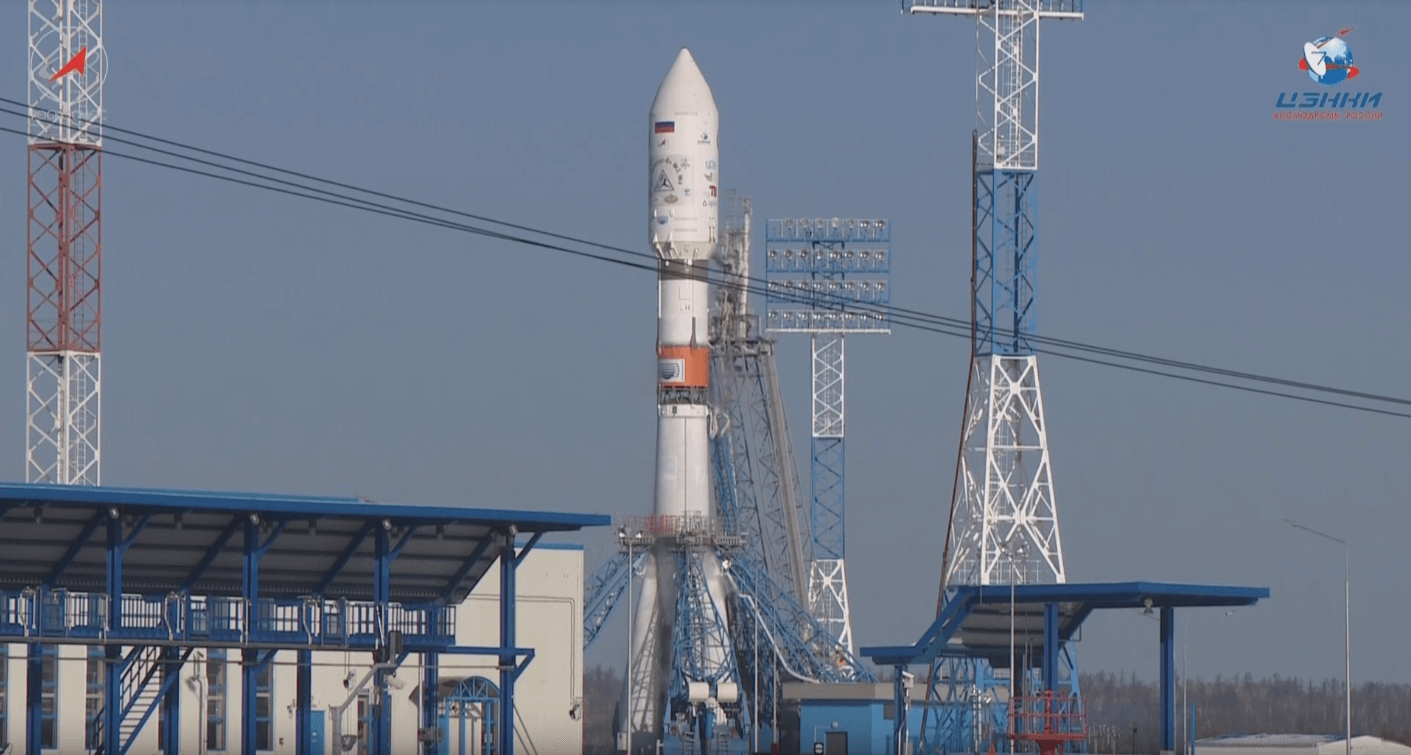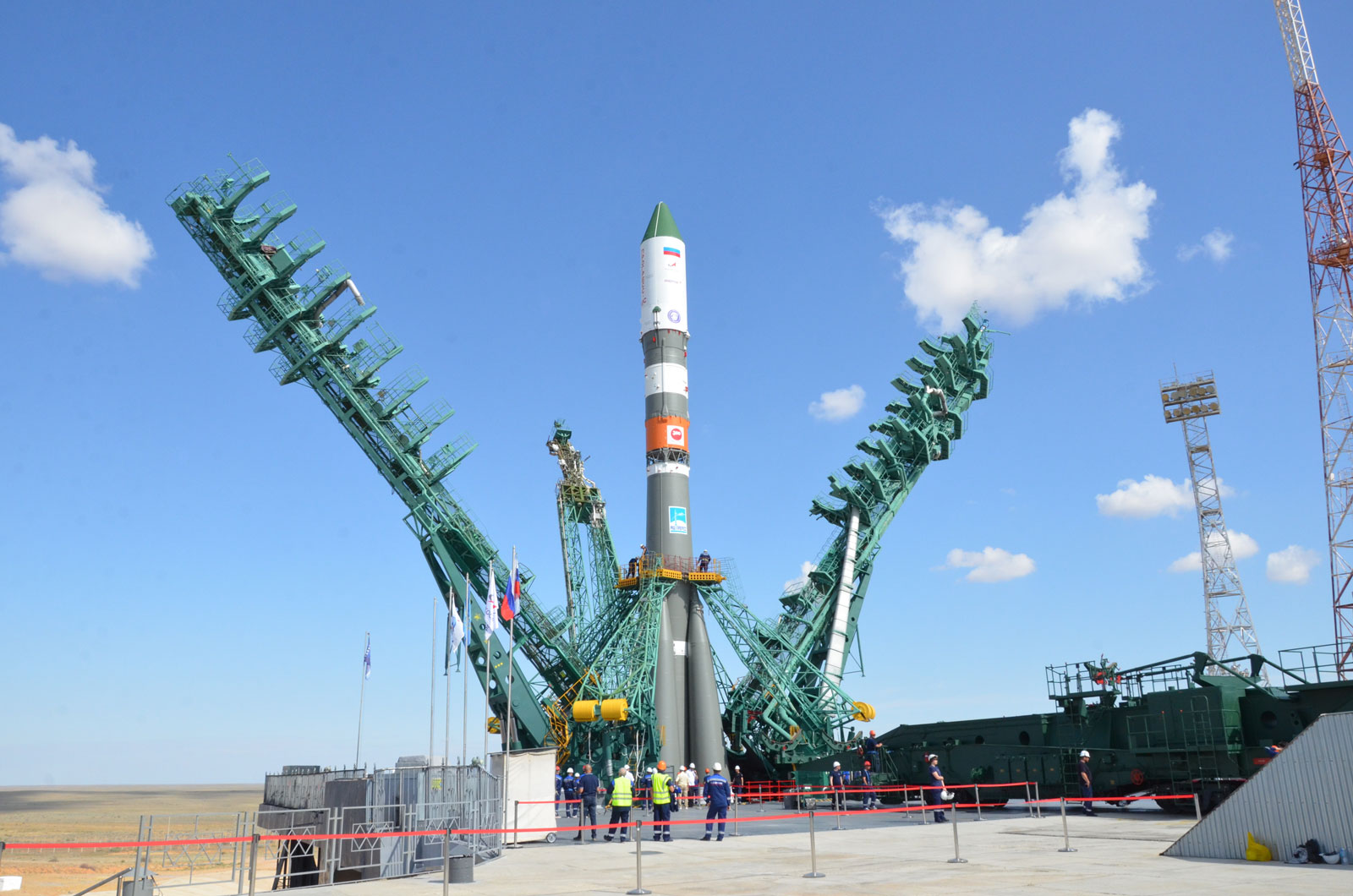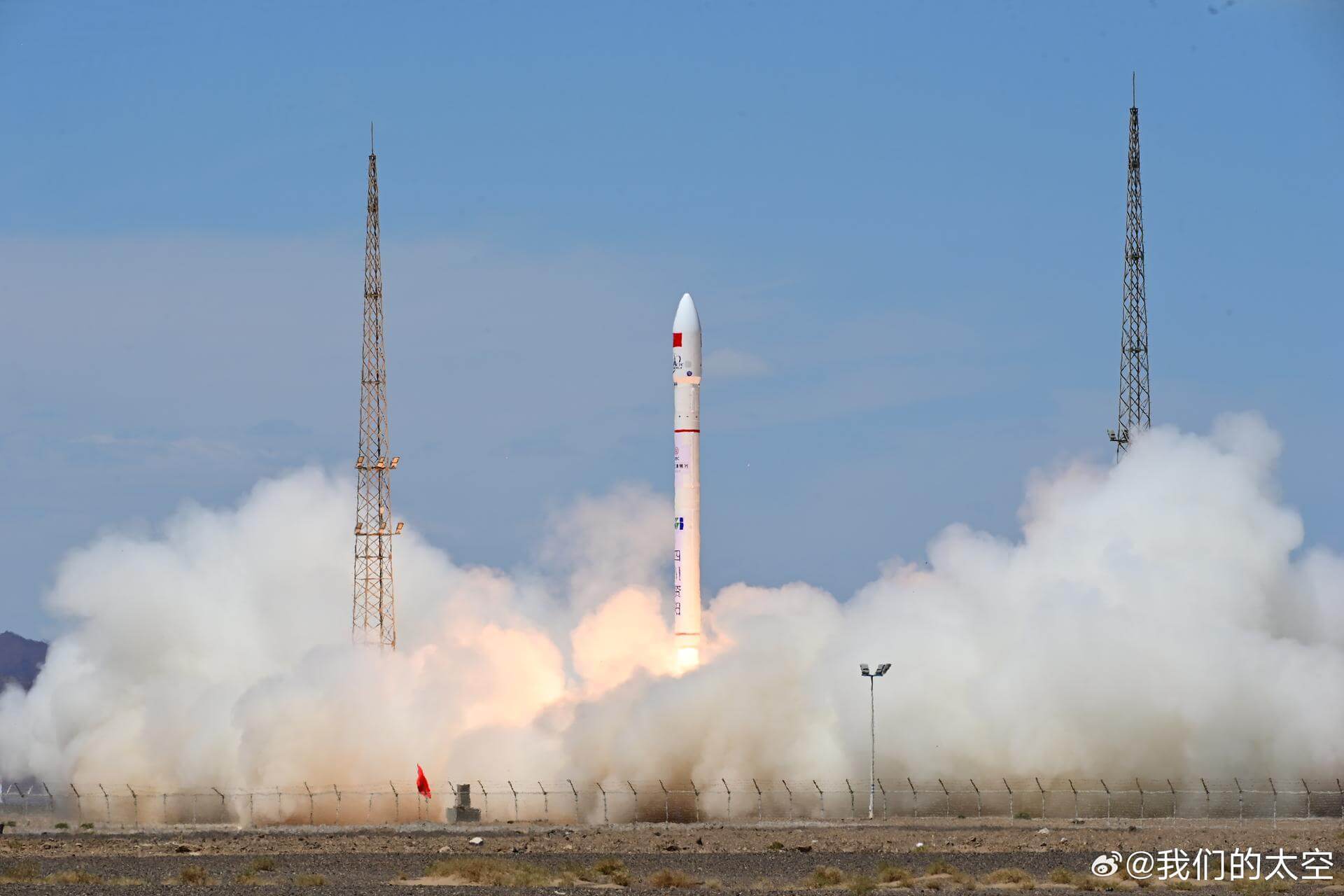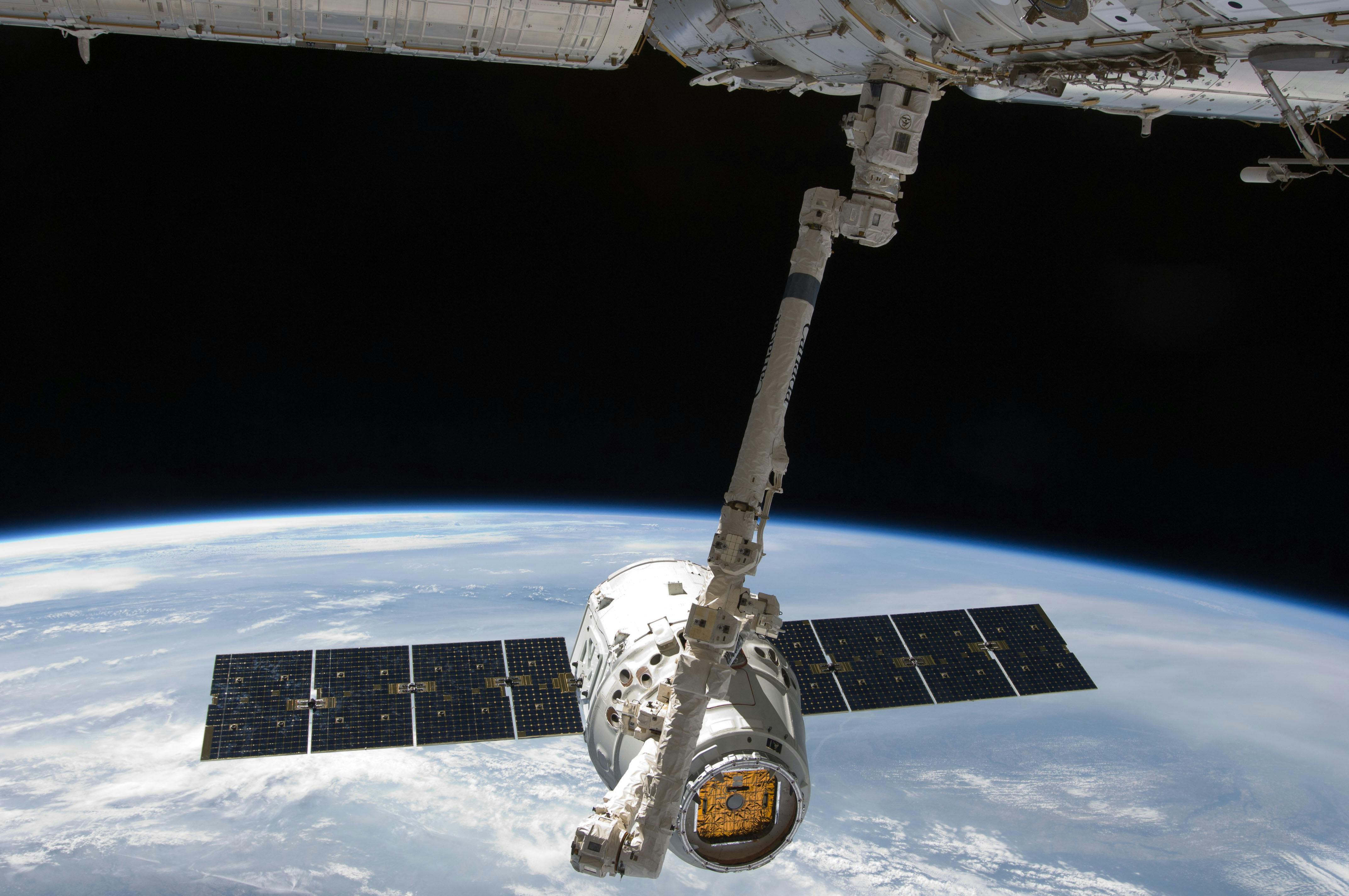· space brief · 5 min read
Space Brief 18 Nov 2024
Today’s Space Brief covers the deployment of a new optical sensor for the Space Force, SpaceX's recent Starlink satellite launch, and significant investment in space cargo vehicles.

📄Top Stories
Today marks a milestone as Space Force contracts OpTech for an advanced $4.5 million optical sensor to enhance their surveillance missions. SpaceX successfully launched 20 Starlink satellites, bolstering its global internet coverage. Meanwhile, a significant investment of $160 million in a new cargo vehicle underscores the growing commercial interest in space infrastructure.
📰Detailed Coverage
Space Force Bolsters Surveillance Capabilities
The U.S. Space Force has awarded OpTech a $4.5 million contract for an optical sensor payload, a key component in the upcoming Victus Surgo mission slated for 2026. This initiative aims to enhance the Space Force’s capabilities in monitoring and surveillance, an area increasingly crucial for strategic defense objectives. The sensor will be deployed aboard an Impulse Space vehicle, reflecting ongoing advancements in aerospace technology partnerships.
This development is particularly significant for satellite tracking and monitoring operations, showcasing the evolving technology that underpins secure and efficient operations in space. Read the full story: SpaceNews
SpaceX Expands Starlink with New Launch
SpaceX launched 20 Starlink satellites from California’s Vandenberg Space Force Base aboard a Falcon 9 rocket. This mission included 13 satellites equipped with Direct-to-Cell capabilities, further enhancing Starlink’s ability to provide direct mobile service from space. The launch reflects SpaceX’s ongoing commitment to expanding its satellite internet network, which aims to offer global coverage, including remote and underserved areas.
By enhancing Starlink’s satellite constellation, SpaceX contributes to the growing demand for high-speed internet worldwide, revolutionizing connectivity and the satellite communication landscape. Read the full story: Space.com and SpaceFlightNow
Major Investment in Space Cargo Capabilities
The European startup, The Exploration Company, has secured $160 million in a new funding round to develop their Nyx cargo vehicle. This spacecraft is designed to support operations for future commercial space stations, indicating growing confidence in the viability of space-based logistics services. Slated for demonstration missions in the coming years, Nyx aims to provide vital transport services for supplies and equipment.
This investment highlights the increasing commercial interest in space infrastructure, facilitating new partnerships and opportunities within the space logistics and satellite industries. Read the full story: SpaceNews
Military Alliances Strengthen with Japan’s New Deployment
In a move to bolster regional security, Japanese marines will now regularly rotate through Australia as part of a strengthening trilateral partnership with the United States and Australia. This strategic deployment underscores a commitment to enhancing defense ties and collaborative maneuvers under the AUKUS alliance, which Japan may soon join.
While not directly related to satellite operations, this military cooperation involves shared intelligence and strategic resources, including satellite surveillance technologies that enhance situational awareness. Read the full story: Breaking Defense
SpaceX’s Starship Flight 6 Set for Tuesday
SpaceX has rescheduled its sixth Starship flight attempt to Tuesday, November 18, at 4:00 p.m. CST. The vehicle is fully assembled and ready for its test flight, which could further solidify SpaceX’s presence in heavy-lift space missions. This launch is significant as Starship is poised to play a pivotal role in future lunar and Mars missions.
Starship’s success could transform interplanetary travel and logistic missions, supporting both government and commercial ventures in space exploration. Read the full story: SpaceExplored
🛰️Satellite Spotlight
- Satellite Name: FASAT B
- NORAD ID: 25395
- Launch Date: 1998-07-31
- Mission: Originally launched by Chile to provide Earth observation capabilities, FASAT B serves multiple scientific and strategic purposes including environmental monitoring and urban planning.
- Orbit: Inclination: 98.9037°, Period: 100.97 minutes, Eccentricity: Near circular
- Operator: FACH (Chilean Air Force)
- Fun Fact: FASAT B was Chile’s first operational Earth observation satellite, serving as an essential tool for various government and environmental applications.
Current TLE Data:
1 25395U 98043B 24318.44727630 .00000753 00000-0 33395-3 0 99990
2 25395 98.9037 285.2464 0002947 11.4801 348.6445 14.26113019370024Track this satellite in real-time on our web app: Track FASAT B
🚀Upcoming Space Launches
November 18
- SpaceX Falcon 9 Block 5:
- GSAT-20 from Cape Canaveral SFS, FL, USA (18:31 UTC) GSAT-20 is an Indian geostationary Ka-band high-throughput communications satellite. It is the first fully electric propulsion satellite built by ISRO.
November 19
- SpaceX Starship:
- Integrated Flight Test 6 from SpaceX Starbase, TX, USA (22:00 UTC) Sixth test flight of the two-stage Starship launch vehicle.
November 20
- Rocket Lab HASTE:
- Leidos-2 from Wallops Flight Facility, Virginia, USA (00:45 UTC) Second sub-orbital launch of Electron for the Hypersonic Accelerator Suborbital Test Electron (HASTE) program for Leidos and Dynetics.
November 21
-
ROSCOSMOS Soyuz 2.1a:
- Progress MS-29 (90P) from Baikonur Cosmodrome, Republic of Kazakhstan (12:22:24 UTC) Progress resupply mission to the International Space Station.
-
SpaceX Falcon 9 Block 5:
- Starlink Group 6-66 from Cape Canaveral SFS, FL, USA (15:53 UTC) A batch of satellites for the Starlink mega-constellation - SpaceX’s project for space-based internet communication system.
November 22
- SpaceX Falcon 9 Block 5:
- Starlink Group 9-13 from Vandenberg SFB, CA, USA (04:13 UTC) A batch of satellites for the Starlink mega-constellation - SpaceX’s project for space-based internet communication system.
November 23
- Rocket Lab Electron:
- Ice AIS Baby (Kinéis 11-15) from Rocket Lab Launch Complex 1, Mahia Peninsula, New Zealand (03:49 UTC) Third batch of five satellites for the French Kinéis IoT constellation.
November 30
- ROSCOSMOS Soyuz 2.1a/Fregat-M:
- Kondor-FKA No.2 from Vostochny Cosmodrome, Siberia, Russian Federation (00:00 UTC) The Kondor-FKA is a small civilian radar Earth observation satellite.
Note: Launch dates and times are subject to change due to technical or weather considerations.

Maurice Stellarski




